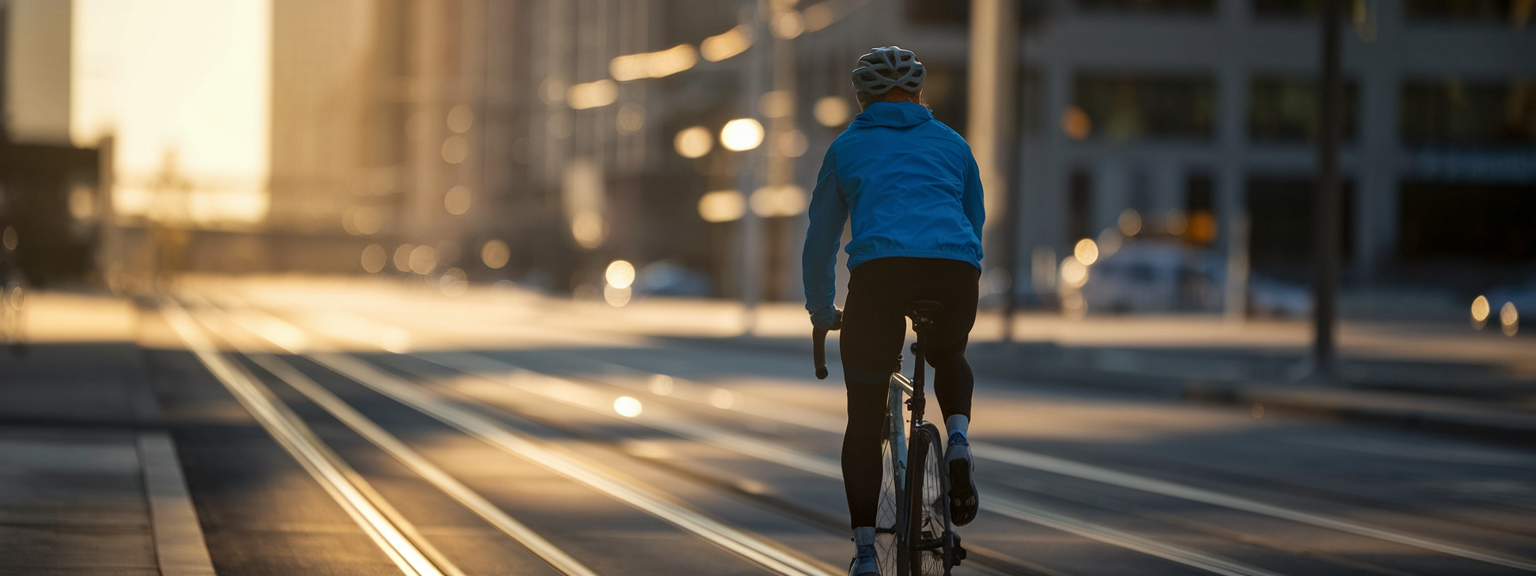Mastering Stunning Photography Techniques for Professional Results

Photography has evolved into a blend of creativity and technology. With smartphones, DSLRs, and mirrorless cameras more accessible than ever, countless people are discovering the joy of capturing images.
However, mastering stunning photography techniques is what separates casual photographs from professional masterpieces.
In this guide, you’ll explore advanced photography tips, creative photo techniques, professional photography methods, and strategies for lighting, composition, DSLR photography, and image editing.
By the end, you’ll understand how to refine each step of your process for compelling, professional-quality results.
📝 Step-by-Step Guide: Stunning Photography Techniques
Understand Your Equipment
Great photography begins with knowing your tools. While modern cameras offer automatic settings, learning to control aperture, shutter speed, and ISO in manual mode gives you full creative power.
Experimenting with aperture allows you to shape depth of field, shutter speed controls motion capture, and ISO maintains image clarity under varying light conditions.
- Aperture: Wide apertures (f/1.4–f/2.8) produce blurry backgrounds, while narrow apertures (f/8–f/16) keep everything sharp.
- Shutter Speed: Fast (1/1000s) freezes moments, slow (1/2s) adds motion blur.
- ISO: Low values deliver clean images, while high ISO aids in low light at the cost of grain.
Master the Art of Composition
Composition is the creative backbone of all stunning photography techniques. By applying classic composition rules, photographers can direct a viewer’s attention and craft visual stories that stand out.
Try incorporating the rule of thirds, symmetry, framing elements, and leading lines for balance and impact.
Lighting Techniques
Lighting defines mood, tone, and texture. Natural golden hour light creates warmth, while controlled artificial lighting ensures precision. Learning to balance and manipulate light is essential in professional photography.
Experiment with backlighting for silhouettes, reflectors to soften shadows, and diffusers to eliminate harsh highlights.
Image Editing and Enhancement
Professional photographers always enhance their images in post-production. Editing with tools like Lightroom, Photoshop, or Capture One ensures accurate color correction, sharpening, and mood creation.
Enhancements should feel natural, preserving the authenticity of the image while elevating its impact through photo enhancement.
📌 Practical Applications: Stunning Photography Techniques
Portrait Photography
Use wide apertures like f/1.8 to isolate your subject. Position them off-center, employ natural frames such as windows, and use reflectors to soften shadows outdoors.
Landscape Photography
Landscapes thrive with narrow apertures (f/11–f/16) for depth and clarity. Leading lines, such as rivers or paths, guide the viewer’s eye while graduated filters emphasize dramatic skies.
Street Photography
Street photography flourishes on spontaneity and storytelling. Capture candid emotions, use black and white for timelessness, and incorporate natural framing in lively environments.
Action & Sports Photography
Freezing motion requires fast shutter speeds (1/2000s or faster). Use burst mode to capture fleeting action and try panning shots to highlight the sense of speed with motion-blurred backgrounds.
💡 Tips & Tricks: Stunning Photography Techniques
- Shoot in RAW for detailed editing flexibility.
- Use histograms to judge exposure accurately instead of relying on screen previews.
- Experiment with bracketing to blend images with balanced highlights and shadows.
- Try creative photo techniques like reflections and multiple exposures.
📸 Sample Scenario
Picture a busy urban street at sunset. By selecting manual mode with f/2.8, shutter speed 1/200s, and ISO 400, you capture a cyclist aligned with leading lines. Backlighting from the golden hour creates a glowing silhouette.
Editing enhances contrast, maintaining emotion and intensity. The result is a dramatic, story-rich image illustrating the power of stunning photography techniques.
✅ Key Do’s for Effective Usage
- Experiment with unique angles and compositions.
- Utilize diffused lighting for soft portraits.
- Carry a tripod for landscapes and long exposures.
- Apply color theory to establish mood.
- Regularly practice advanced photography tips in varied environments.
❌ Common Mistakes to Avoid
- Avoid over-editing or creating unnatural effects.
- Do not depend solely on automatic settings.
- Avoid harsh direct flash that creates flat lighting.
- Do not ignore distracting backgrounds.
- Never neglect composition for the sake of equipment.
🔄 Troubleshooting & FAQs
Why do my photos lack impact or look flat?
Focus on mastering lighting techniques. Use golden hour light, balance exposure, and adjust vibrance and clarity during editing.
What lens is best for stunning portraits?
Portraits excel with a prime lens such as a 50mm f/1.8 or 85mm f/1.4. These create shallow depth and rich background blur.
How can I take sharper images?
Use a tripod, increase shutter speed, focus carefully, and minimize camera shake with a remote shutter or timer.
Is editing considered cheating?
Editing is part of professional photography methods, much like darkroom techniques in film photography. It enhances reality without fabricating it.
Can I create professional results with a basic DSLR?
Yes, even entry-level DSLRs produce remarkable images when paired with the right techniques and editing. Skills matter far more than gear.
🖼️ Bringing It All Together
At its core, stunning photography is not dependent on expensive equipment but on creativity, vision, and consistent practice. Utilizing exposure mastery, composition rules, and editing ensures professional outcomes that connect emotionally with viewers.
By applying these stunning photography techniques, you not only upgrade your technical skills but also expand your artistic vision. Photography is both a technical discipline and an expressive art. With dedication, each photograph becomes an opportunity to capture imagination as well as reality.
Visit our Photography Content Hub
Smart Resize by SmartLink Basics iPhone or iPad app
“`

![[Breathtaking Landscape Photography Sunrise] [Sunrise over a mountain valley with wildflowers in the foreground — landscape photography showing golden-hour light and wide-angle composition.]](https://lenslesson.com/wp-content/uploads/2025/12/landscape-photography-breathtaking-sunrise-scene.png)
![[Level Up Your Skills Workspace] [Person at desk using laptop and notebook to level up your skills]](https://lenslesson.com/wp-content/uploads/2025/12/level-up-your-skills-planning-workspace.png)
![[Daily Creative Inspiration Journaling] [Person journaling at a sunlit desk capturing daily creative inspiration with a notebook and coffee.]](https://lenslesson.com/wp-content/uploads/2025/12/daily-creative-inspiration-journaling-ideas.png)
![[Post Processing Essentials Demo] [Photographer editing images on a monitor demonstrating post processing essentials workflow]](https://lenslesson.com/wp-content/uploads/2025/12/post-processing-essentials-overview.png)
![[Stunning Images Lighting Composition] [Photographer adjusting studio lights for Stunning Images during a portrait session.]](https://lenslesson.com/wp-content/uploads/2025/12/advanced-stunning-images-lighting-composition-editing.png)
